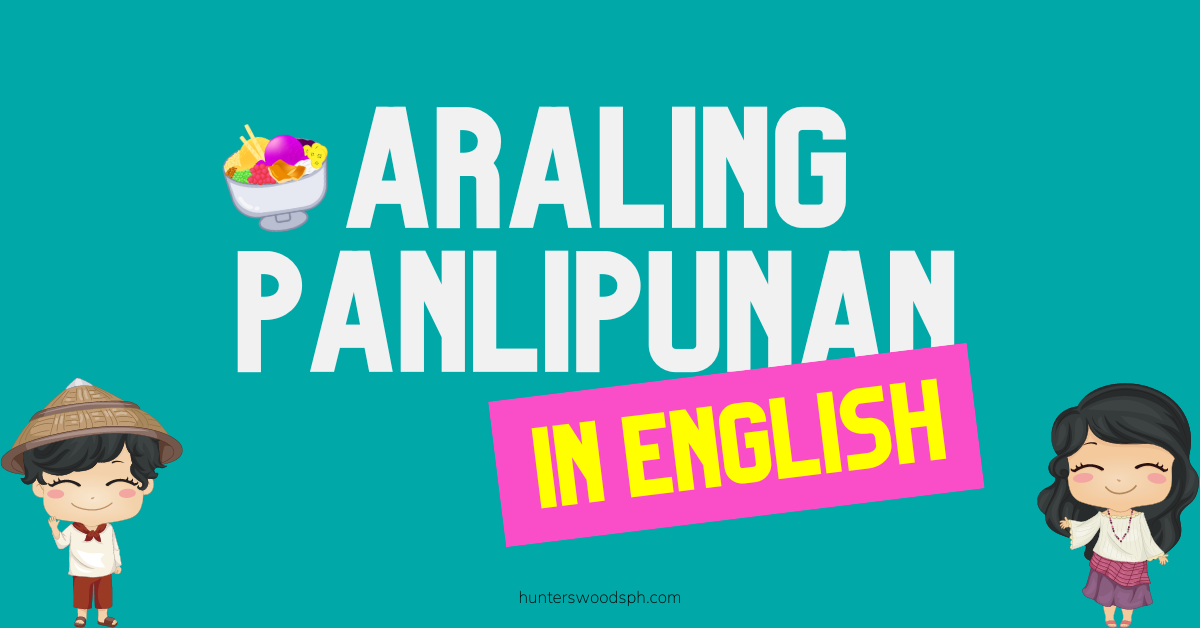Montessori Homeschooling
AP in English: Pang-Ekonomikong Pamumuhay ng mga Pilipino sa Panahong Pre-Kolonyal
An English version of the Araling Panlipunan lesson "Pang-Ekonomikong Pamumuhay ng mga Pilipino sa Panahong Pre-Kolonyal" complete with a quick summary and review questions. Based on DepEd AP modules.
Contents:
- Quick Summary — what this lesson is all about, in our own words
- Araling Panlipunan in English — the lesson Pang-Ekonomikong Pamumuhay ng mga Pilipino sa Panahong Pre-Kolonyal, based on the DepEd module, but in English
- Review — sample test questions to help you remember what you’ve learned
Quick Summary
Quick summary of DepEd module:
- Our ancestors’ livelihood depended on the natural resources that they could access.
- Pre-colonial livelihoods included:
- farming – rice, corn, coconut, various trees
- kaingin (slash-and-burn)
- irrigation
- fishing and diving
- pottery
- weaving
- shipbuilding
- metallurgy
- farming – rice, corn, coconut, various trees
- Pre-colonial Filipinos traded directly with China, Indonesia, Saudi Arabia, Thailand, and Japan, and indirectly with India, using a barter system.
Even today, our livelihoods depend on what sort of work can be done where we are. For example, you wouldn’t expect people living in the mountains to be deep sea fishermen, but fishing would definitely be a natural occupation for people living in coastal areas. If you want to be a YouTuber, you will have to live in or near an area that has reliable internet, otherwise you would find it very difficult to upload videos. And obviously you can’t be a ski instructor in a tropical country that never gets any snow, like the Philippines. So our locations, and the resources that we can access from that location, determine the sort of work that we can do.
And that was how it was for our ancestors as well. Many of them farmed or fished, while others made objects that were useful in pre-colonial life, such as baskets, pots, and boats. What they couldn’t make or get on their own, they traded for, using a barter system where they exchanged the things that they had with the things that other barangays/islands/countries had.
Now, if you had a piece of land that you wanted to use as a farm, but that land still had lots of plants in it – like shrubs, weeds, even trees – one way that you can quickly remove those plants and clear the land so that it’s ready for farming is by burning the preexisting plants. This is the method called kaingin and it’s one of the ways that our ancestors cultivated their lands before. (There’s still quite a number of people who practise kaingin nowadays but it really isn’t advisable because it leads to deforestation, pollution, and soil erosion, among many other problems.) The other method that our ancestors used was the tillage system, where they used a carabao* to plow the field to prepare it for planting.
* There is some disagreement about this, as some historians and anthropologists say that it was actually the Spaniards who introduced (or at least made more widespread) the use of plows and carabaos for farming.
Some lands in pre-colonial times were privately owned, while others were considered public properties. Usually, it was the datus and other “noble” families who were able to own private lands. Public lands were usually those that were less fertile or those located on mountain slopes.
Here are a few other facts about pre-colonial livelihoods (taken from another Social Studies textbook):
- Early Filipinos also raised chickens, carabaos, goats, and native ponies.
- Pre-colonial fishing methods include the use of nets, hooks and lines, baskets, spears, bows and arrows, and even poisons.
- Our ancestors also dived for pearls, especially in Sulu.
- Mining for gold, silver, bronze, and copper was done in places like Camarines Norte, Cebu, and Butuan.
- Other products of pre-colonial Filipinos:
- cloth made of cotton and piña
- local wines, including tuba, basi, and tapuy
- weapons, tools, and utensils
- birds’ nests gathered in places such as Palawan
Further Reading
Cultural achievements of pre-colonial Philippines (Wikipedia)
Araling Panlipunan in English (Lesson Based on DepEd Module)
It is said that the Philippines has always been rich. This can be seen in the type of livelihood our ancestors engaged in, which depended on the natural resources they could access. Filipinos adapted their livelihoods to their environment.
One of the primary livelihoods of ancient Filipinos was farming or agriculture. They had two methods of farming: pagkakaingin or slash-and-burn farming was practised in the hills, while irrigation systems were used for farms in areas that were already flat. Rice, corn, coconut, and various trees were some of the main crops of native Filipinos.
The country is surrounded by water so ancient Filipinos adapted their lifestyle accordingly. Many of them became fishermen and clam and pearl divers, especially those who lived near rivers and seas.
Early Filipinos also learned to make things out of raw materials. They engaged in industries like pottery, weaving, shipbuilding, and others.
Our ancestors also worked with metals like gold, in the craft known as metallurgy. They were skillful in making products out of metal.
During the late Iron Age, our ancestors began trading with people from neighboring countries in Southeast Asia. Manila became a center of trade. Initially, they exchanged products through a barter system. They traded with countries like China, Indonesia, and Saudi Arabia. (It is said that the country of India did not engage in direct trade here; rather, crystal products, beads and bracelets reached the country through Indonesia.) Later, trading relationships were also established with neighboring countries like Thailand and Japan.
We learned a lot about the customs and culture of the countries we traded with. In this way, they had an indirect influence on our ancestors.
Review
Sample test questions to help you remember what you've learned. Our goal here is for you to LEARN, so...no pressure! Feel free to go back to the text if there's something that you've forgotten. However, if you'd like a printable version of these questions so you can really test your memory, you can download the PDF worksheet here:
1. What method of farming involves clearing and burning the hill before planting?
a. pag-aararo
b. pagbabakod
c. pagkakaingin
d. pagnanarseri
2. Which of the following was NOT an occupation of the ancient Filipinos?
a. farming
b. fishing
c. hunting
d. housekeeping in another country
3. Even in pre-colonial times, Filipinos were well-known for these activities, EXCEPT?
a. pottery
b. weaving
c. shipbuilding
d. electronic device manufacturing
4. What was the pre-colonial system of trading called?
a. barter
b. communism
c. open trade
d. socialism
5. What country did NOT trade directly with the Philippines in the pre-colonial period?
a. China
b. India
c. Indonesia
d. Saudi Arabia
6. What place became a famous center of trade in the country during the pre-colonial period?
a. Cebu
b. Davao
c. Leyte
d. Manila
7. What do you call the industry in which things are made from metals like gold?
a. hunting
b. fishing
c. metallurgy
d. food gathering
8. __________ were used to make ornaments such as bracelets and earrings in pre-colonial times.
a. stones
b. leaves
c. pearls
d. plastics
9. If you lived in pre-colonial times and your job was making weapons from iron, what were you called?
a. karpintero (carpenter)
b. latero (tinsmith)
c. mason (stonemason)
d. panday (blacksmith)
10. These were some of the main crops of Filipinos during pre-colonial times, EXCEPT?
a. rice
b. corn
c. wheat
d. coconut

LEARNING AND GROWING
Learning / Education
Financial Education for Kids
Inspiration for Kids
LEARNING ABOUT THE WORLD
Books
Environmental Issues
Philippine Heritage and Culture
World History, Arts and Culture
